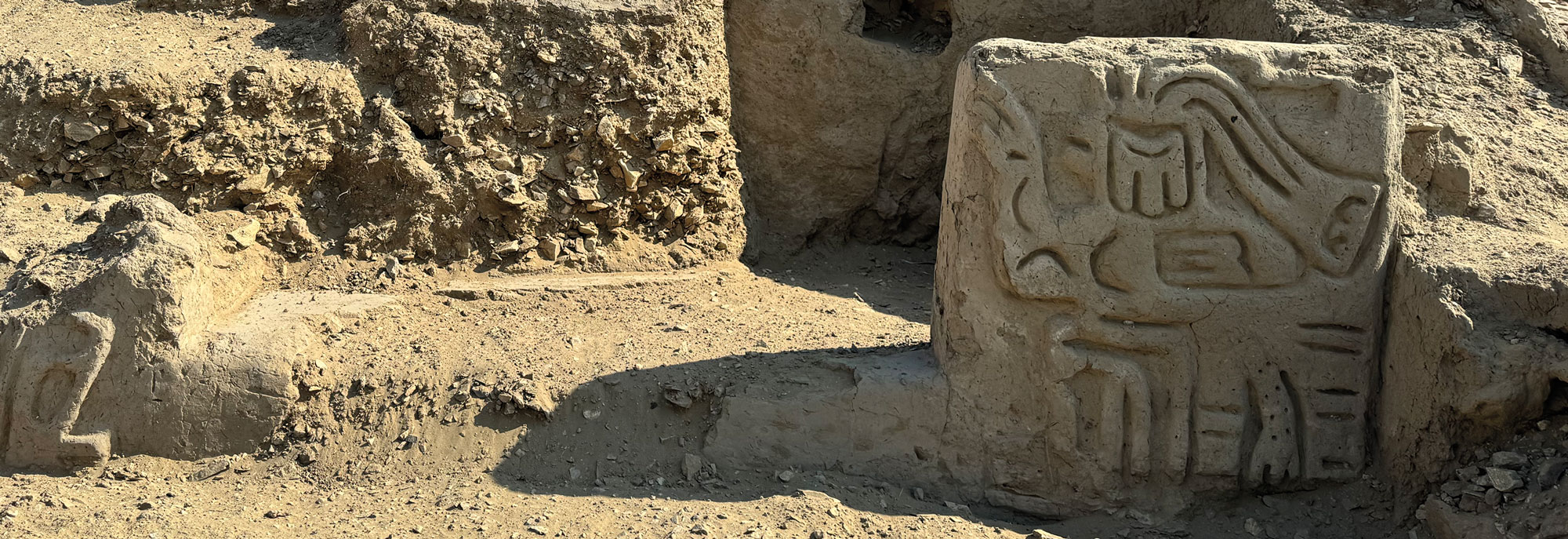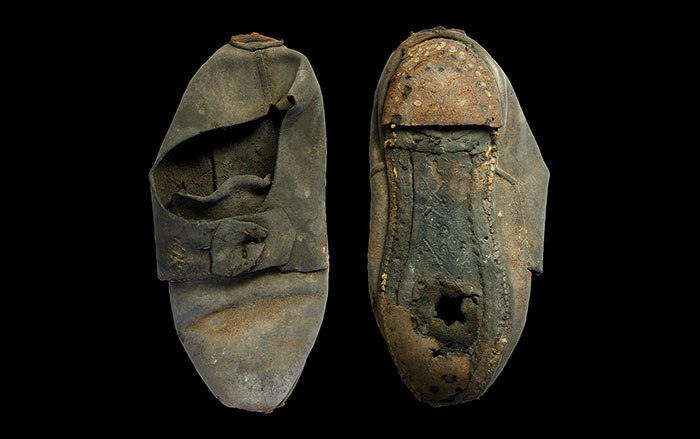
Dogs often turn up in ancient Peruvian graves, buried to accompany their masters into the afterlife. But the recent discovery of 138 canine skeletons points to mass sacrifice on a scale never seen before in Peru. The dogs—big and small, and of various breeds—were found between 2012 and 2014 in two mounds at Parque de las Leyendas, a zoo and park complex in Lima. Some had been wrapped in textiles and woven reeds. The mounds also held the remains of 134 people, most between the ages of 20 and 40, many showing skull trauma, fractures, and other signs of violence. What does all this carnage mean? The people and the dogs were all buried around A.D. 1000, a time of cultural flux, says the park’s archaeology director, Lucenida Carrión. The Andean highland order that had dominated the area for centuries was giving way to a coastal culture known as Ychsma, a shift discerned from changing pottery styles and mortuary practices. “There was clearly trauma associated with this, and it happened at a time of great change,” says Carrión. She adds that it is still unclear whether the people died in war, with the dogs then sacrificed and buried with them.











